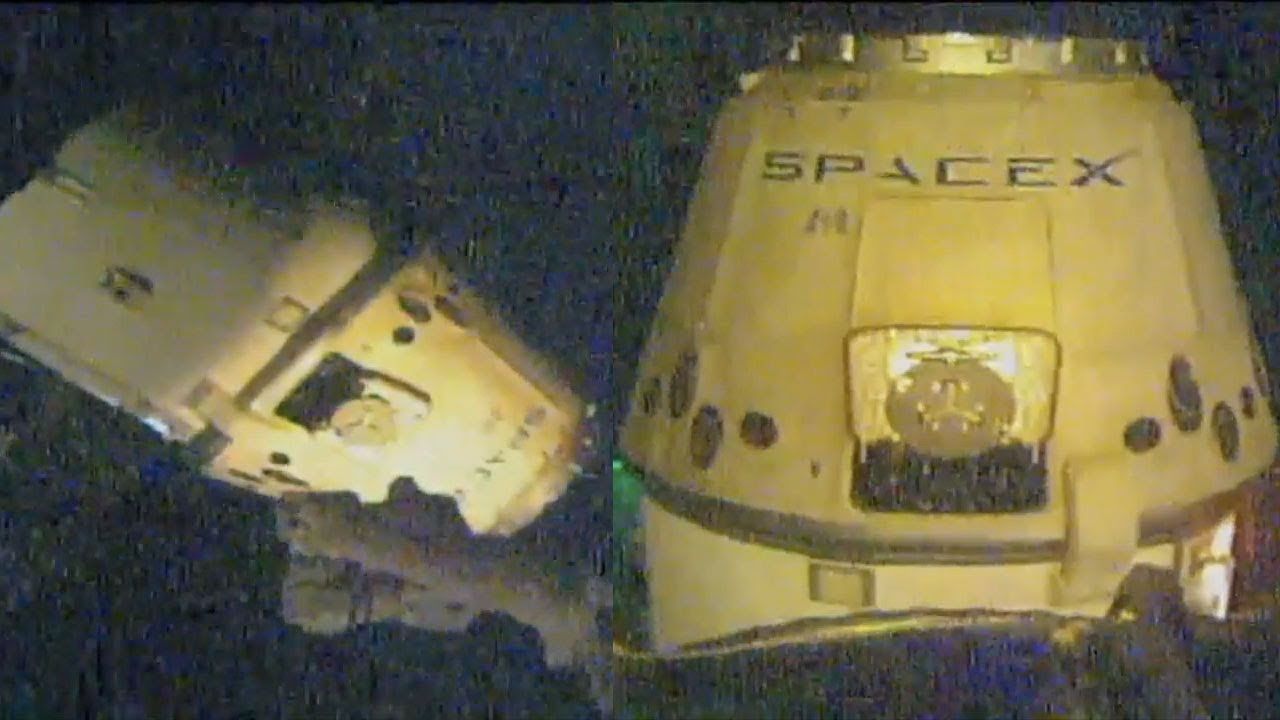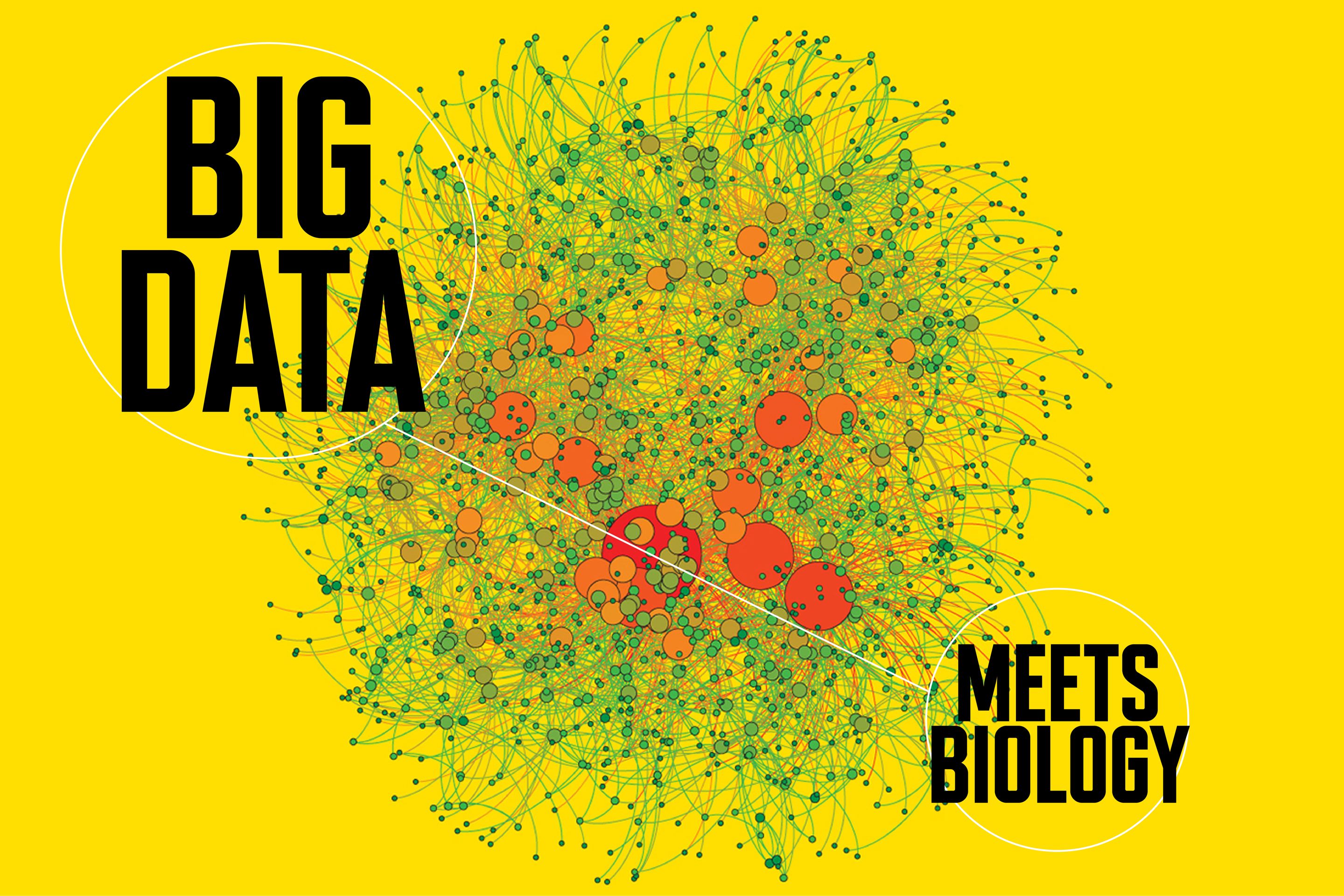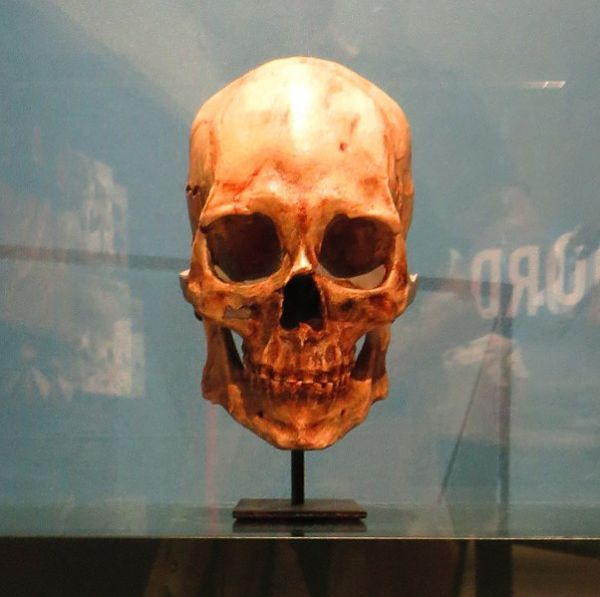Page 9491
May 6, 2018
Swarm of quakes hits El Salvador, damaging dozens of homes
Posted by Genevieve Klien in category: habitats
SAN SALVADOR, El Salvador – A swarm of earthquakes has shaken southern El Salvador, and authorities say dozens of homes have been damaged. There are no immediate reports of serious injuries or deaths.
The U.S. Geological Survey says at least eight quakes of magnitude 4.3 or greater struck the region beginning Sunday morning. They include three of magnitude 5.2 to 5.6.
The Central American nation’s civil defense agency posted photos online of damaged roofs and rock slides.
Continue reading “Swarm of quakes hits El Salvador, damaging dozens of homes” »
May 6, 2018
Four lasers stream into the night sky
Posted by Genevieve Klien in categories: particle physics, space
One of the Unit Telescopes of ESO’s Very Large Telescope (VLT) is producing an artificial star — a guide star — in the skies above the Atacama desert, above the flowing Milky Way.
The Four Laser Guide Star Facility (4LGSF) shines four 22-watt laser beams into the sky to create artificial guide stars by making sodium atoms in the upper atmosphere glow so that they look just like real stars. The artificial stars allow the adaptive optics systems to compensate for the blurring caused by the Earth’s atmosphere and so that the telescope can create sharp images.
May 6, 2018
Toxin linked to motor neuron disease found in Australian algal blooms
Posted by Genevieve Klien in categories: biotech/medical, neuroscience
A toxic chemical produced by algae and linked to motor neuron disease has been detected in NSW rivers. Its presence — long suspected but now confirmed — could be linked to a disease hotspot in the Riverina.
May 6, 2018
Yale experiment to reanimate dead brains promises ‘living hell’ for humans
Posted by Genevieve Klien in categories: biotech/medical, ethics, neuroscience
A scientific experiment to reanimate dead brains could lead to humans enduring a ‘fate worse than death,’ an ethics lecturer has warned.
Last month Yale University announced it had successfully resurrected the brains of more than 100 slaughtered pigs and found that the cells were still healthy.
The reanimated brains were kept alive for up to 36 hours and scientists said the process, which should also work in primates, offered a new way to study intact organs in the lab.
Continue reading “Yale experiment to reanimate dead brains promises ‘living hell’ for humans” »
May 6, 2018
A facial recognition program used by British police yielded thousands of false positives
Posted by Genevieve Klien in category: robotics/AI
May 6, 2018
Interactive: The making of a microchip
Posted by Genevieve Klien in categories: computing, mobile phones
How did your smartphone end up in your hands? The microchips that help power our smartphones and computers start out as sand. Explore how microchips come to live in our phones, with the help of IoT technologies.
May 6, 2018
An engineer modded a drone to rescue this puppy
Posted by Genevieve Klien in categories: drones, health, robotics/AI

This is so cute!
In today’s adorable-and-I’m-not-crying-you’re-crying news, NDTL reports that an engineer in New Delhi named Milind Raj saved a puppy using a drone he equipped with a giant claw.
Continue reading “An engineer modded a drone to rescue this puppy” »
May 6, 2018
Email This Post to a Friend “Six of the Oldest Human Remains Found in the U.S.”
Posted by Genevieve Klien in category: biotech/medical
Archaeological discoveries of ancient humans keep pushing our knowledge about our species further back in time. The Americas haven’t been populated by people as long as other parts of the world, but exactly how long they’ve been here and how they got here are open subjects we still have a lot to learn about. Occasionally, a skeleton or a skull is found that dates back to the beginnings of their settlement. Real Clear Science give us a list of some of the biggest such discoveries.
Kennewick Man, perhaps the best known and most controversial ancient human remains in the United States, was found jutting from a patch of eroded dirt along the Columbia River near Kennewick Washington just 22 years ago. In life, roughly 9,000 years in the past, he spent much of his time moving around by water, hunting and eating marine animals and drinking glacial meltwater. In death, his remains were constantly the focus of lawsuits between indigenous peoples who sought to bury the remains and archaeologists who sought to learn from them. After DNA tests confirmed that Kennewick Man was closely related to modern day Native Americans, his remains were returned and reburied at an undisclosed location.
Read the stories of five other people who lived in thousands of years ago in what is now the United States at Real Clear Science.
Continue reading “Email This Post to a Friend ‘Six of the Oldest Human Remains Found in the U.S.’” »
May 6, 2018
SpaceX Dragon Capsule Returns To Earth With 2 Tons Of Science Gear
Posted by Genevieve Klien in categories: robotics/AI, science, space travel

The Dragon cargo ship made it back home on the same day NASA launched the InShight Mars lander, after its return to Earth was delayed for three days.
After a month of preparation, SpaceX’s unmanned Dragon capsule has finally returned to Earth on May 5, safely delivering its precious cargo, Space.com reports.
Continue reading “SpaceX Dragon Capsule Returns To Earth With 2 Tons Of Science Gear” »
















